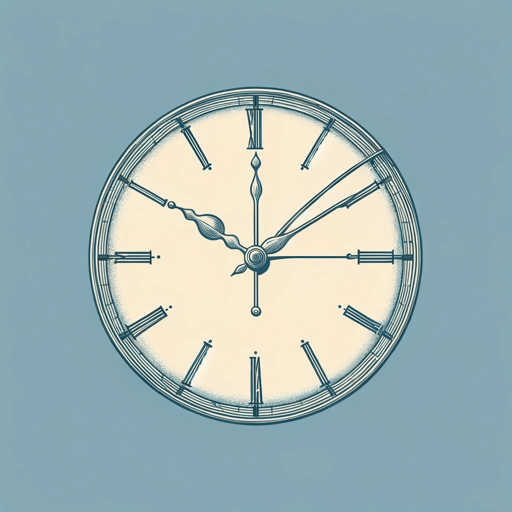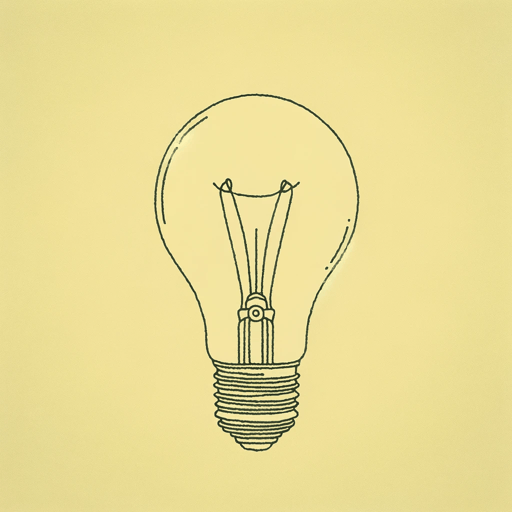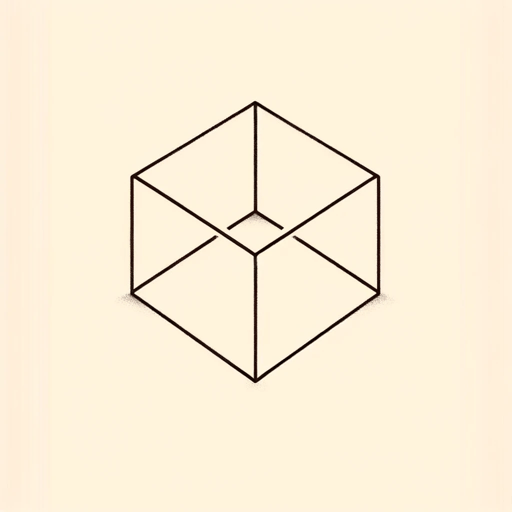19 pages • 38 minutes read
W. H. AudenMusée des Beaux Arts
Fiction | Poem | Adult | Published in 1939A modern alternative to SparkNotes and CliffsNotes, SuperSummary offers high-quality Study Guides with detailed chapter summaries and analysis of major themes, characters, and more.
Symbols & Motifs
Paintings in the Museum
The artwork in Auden’s poem symbolizes humanity’s attempts to make sense of the world. A painting involves the ability to perceive, to recreate and to express thoughts and emotions. It freezes a moment in time and allows for the fluidity of interpretation. The Old Masters can understand suffering because they work with it and acknowledge it. Paintings express that understanding and can speak to viewers across the ages. The paintings thus symbolize connection and communication—a means to bridge the distance that enables indifference.
The Actions of the Animals
Auden’s poem focuses on the human response to human suffering. The poem’s animals, in contrast, symbolize innocence.
The animals are just as indifferent as humans to suffering. During the massacre, animals occupy “a corner, some untidy spot” (Line 11). They are removed from the primary conflict. There, the “dogs go on with their doggy life” (Line 12). The tone is droll, but it does important work: The dogs’ lives are valuable, to be sure, but it is made clear they are not human lives.
Animals are innocent and exist outside human standards. The dogs are untouched by the violence. The “torturer’s horse” (Line 12) isn’t guilty of its owner’s atrocities and doesn’t participate in the massacre.
Related Titles
By W. H. Auden




